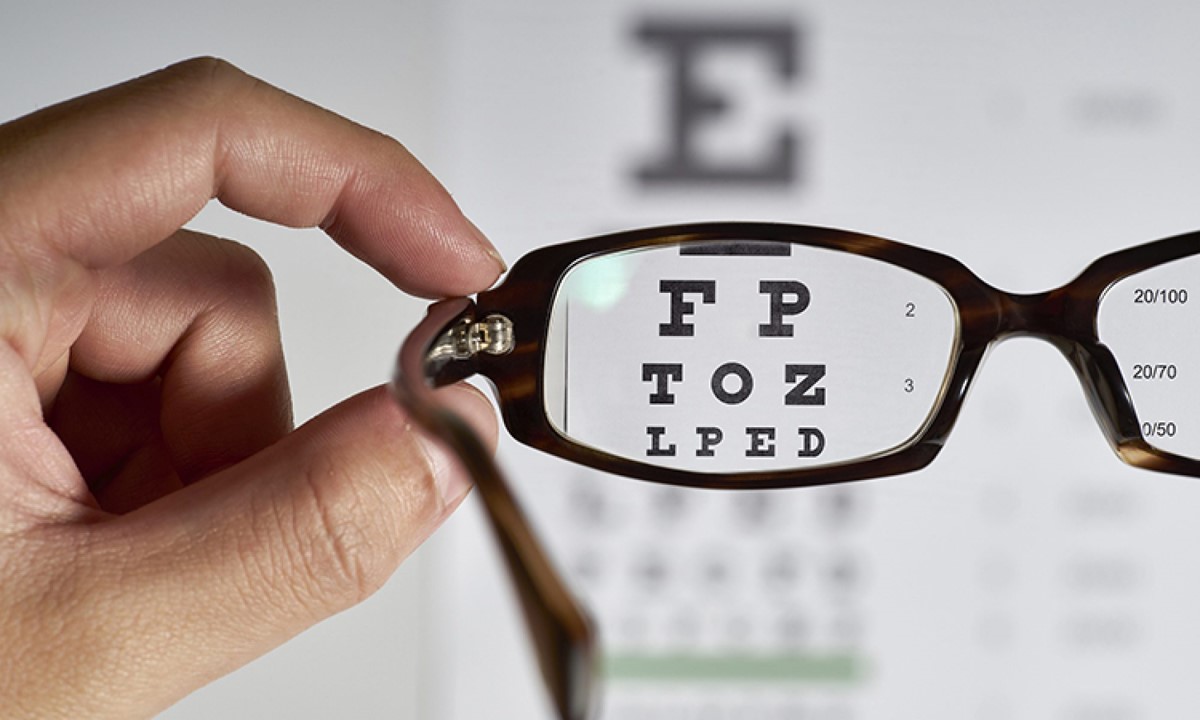
DO YOU KNOW… Eye-Opening Facts About Visual Impairment is a Form of Raising Awareness?
Vision is one of our most essential senses, yet its impairment affects billions of people worldwide. Globally, at least 2.2 billion people live with some form of visual impairment, and nearly 1 billion of these cases could have been either prevented or yet to be addressed. This issue spans a spectrum, from mild difficulties with visual acuity to complete blindness, and has far-reaching effects on health, education, and economic productivity.
What Causes Visual Impairment?
Visual impairment can result from a variety of factors, each presenting its own unique challenges:
- Age-Related Conditions: Disorders such as cataracts, glaucoma, and age-related macular degeneration are common among older adults. For example, cataracts cloud the eye’s lens and often require surgical intervention to restore vision.
- Refractive Errors: Uncorrected near-sightedness, farsightedness, and astigmatism can result in significant vision difficulties. Access to correctly prescribed lenses is essential for many.
- Diabetic Retinopathy: High blood sugar levels in diabetes can damage the blood vessels in the retina, leading to vision loss if not regularly monitored and managed.
- Genetic and Congenital Disorders: Conditions such as retinitis pigmentosa or congenital cataracts can affect individuals from birth, sometimes progressing over time.
- Injuries and Infections: Trauma, chemical burns, and infections like trachoma also contribute to visual impairment, particularly in regions with limited access to proper eye care.
Understanding these causes is a crucial step in prevention and effective intervention.
How Can Visual Impairment Be Managed?
Early detection and prompt intervention can make all the difference in managing visual impairment.
Key strategies include:
- Regular Eye Examinations: Routine screenings are vital for catching problems like glaucoma or diabetic retinopathy early, when treatment can prevent further damage.
- Medical and Surgical Treatments: Many conditions, especially those related to ageing, can be treated effectively with interventions such as cataract surgery or laser treatments for glaucoma.
- Corrective Aids: Tools such as prescription glasses, contact lenses, magnifiers, and modern assistive technologies like screen readers can greatly enhance daily functioning.
- Health and Lifestyle Adjustments: Managing chronic conditions for instance, controlling diabetes, can help slow the progression of vision loss. Public health initiatives that improve access to affordable eye care are also essential.
These management strategies not only improve individual lives but also help alleviate the broader economic and social impacts of vision loss.

